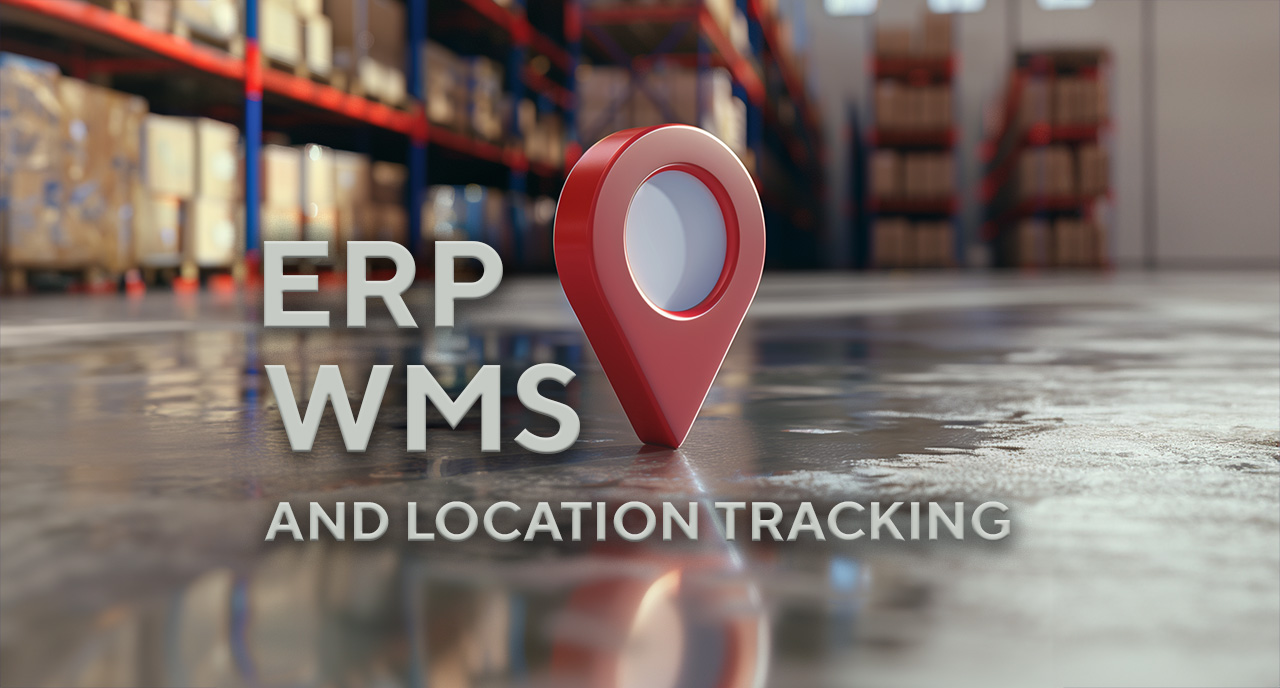The State of UWB in 2022 Trend 4
The State of UWB in 2022
7 Trends that shape the RTLS landscape
Trend # 4 Application Standardization through Alliances & Consortiums
Multiple standards have been defined for UWB communication. Apart from the technical standard IEEE 802.15.4, several standardization bodies, each with its specific focus, business scope and goals, operate to bring standardization to UWB. Technologies only endure when they are backed by a robust, quality-driven infrastructure that enables rapid expansion, providing a favorable regulatory and spectrum management landscape to secure and maximize UWB growth.
• The Car Connectivity Consortium, also CCC, for advancing global technologies for smartphone-to-car connectivity solutions and keyless hands-free access control.
• The UWB Alliance, established to foster the use of UWB technology solutions, promote industry growth and a favorable regulatory environment, has combined its efforts with the FiRa Consortium in 2020 to promote UWB ecosystems and to accelerate the development and adoption of UWB Technology . The FiRa Consortium, originally focusing on peer-to-peer applications is now developing use cases across many industries, including hands-free access control, indoor location, and navigation.
• The Apple Nearby Interaction Accessory Protocol enables easier configuring, starting, and maintaining of a UWB ranging session between an accessory and an Apple device.
• Omlox is an open standard for Real-Time Location Services (RTLS).
The omlox hub provides standardized interfaces for retrieving location information from a wide variety of localization techniques, such as UWB, RFID, 5G, BLE, WiFi, and GPS.
In addition, omlox also specifies the omlox core which provides standardized interactions for UWB based RTLS systems, and enables networking across UWB products, regardless of the manufacturer.
The future will tell which of these standards will win the market but for now, it seems that their focus is clearly defined in different application spaces and different feature sets in order not to compete. The support from the big players confirms that all options are still open to define which will prevail and be most successful. In the next chapter, we will zoom in on the omlox standard for RTLS.
Learn more in the eBook and read the first chapters
Download the pdf for better readability and for future reference
And get bonus content with quotes from industry leaders & infographics
Discover the Pozyx Platform
The Pozyx Platform brings indoor and outdoor positioning data together to provide full asset visibility and location-based insights for logistics and manufacturing. It facilitates warehouse and inventory control, keeps track of returnable packaging and orders, and slashes lost asset costs.
Pozyx Platform
7 trends are key drivers for UWB success
eBook Content
Introduction & short history of UWB - analyst predictions
#1 Chip interoperability is guaranteed through a solid IEEE standard
#2 Global regulations enable worldwide coverage
#3 Semiconductors to choose from propagate adoption & avoid vendor lock-in
#4 Application standardization is secured by alliances & consortiums
#5 UWB is the growing star in the center of active research
#6 Mature RTLS deployment tools bolster quick and reliable RTLS solutions
#7 Growing RTLS ecosystem boosts application confidence
Interested in all 7 trends?











